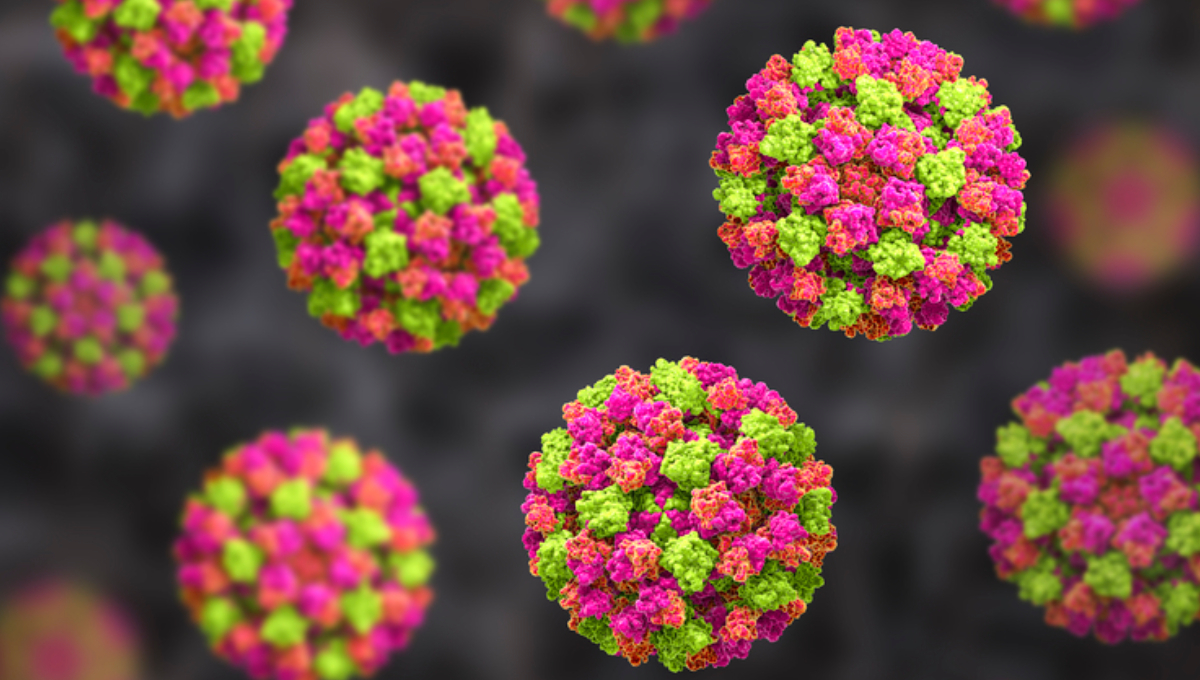Norovirus poses the highest burden on society out of 13 pathogens analyzed in the United Kingdom.
The Food Standards Agency (FSA) ranked the foodborne pathogens in order of their detrimental effect on UK society. They were Campylobacter, Clostridium perfringens, E. coli O157, Listeria monocytogenes, Salmonella, Shigella, Cryptosporidium, Giardia, adenovirus, astrovirus, norovirus, rotavirus and sapovirus.
Average ranking results show that norovirus, Listeria monocytogenes, Campylobacter, Salmonella and Clostridium perfringens have a high impact.
E. coli O157, adenovirus, sapovirus and Giardia all ranked mid-range while astrovirus, rotavirus, Cryptosporidium and Shigella placed low.
The purpose was to help the FSA prioritize its focus, funding and resources for the 13 pathogens.
Criteria used to assess them included estimated number of annual cases, public concern, total cost to society per year and estimated annual fatalities. Selection and weighting took place through discussions, surveys and workshops over several months and included various teams in the FSA.
Cost to society and people affected
Figures for cost to society vary from £2.1 ($2.8) million to £1.6 ($2.1) billion whilst those for number of deaths range from 0 to 56. For example, Listeria monocytogenes ranks first for deaths as a percentage of total cases and total cost per case but is last for number of cases.
Total cost to society was highest at £1.6 billion for norovirus, followed by £713 ($944) million for Campylobacter and £212 ($280) million for Salmonella. It was just above £100 ($132) million for Clostridium perfringens, £37 ($49) million for Listeria and £4 ($5.3) million for E. coli O157.
There are nearly 400,000 norovirus infections annually with 56 deaths, almost 300,000 cases of Campylobacter with 21 deaths, nearly 85,000 for Clostridium perfringens with 25 deaths, and 31,601 cases of Salmonella with 33 deaths. Data also showed 468 E. coli O157 infections with one death per year and 162 people infected by Listeria monocytogenes with 26 deaths.
Staff in the FSA communications team completed a survey to score the 13 pathogens on their likelihood to cause public concern. Norovirus, Listeria, E. coli O157 and Salmonella all rated highly with Campylobacter as moderate.
Astrovirus, rotavirus and sapovirus are primarily transmitted via food and water and associated with gastroenteritis in babies and young children; infection can occur in adults but is rarely associated with disease except in the elderly or immunocompromised.
Infection with adenovirus causes a range of symptoms, mostly in babies and young children. Transmission routes and the proportion of cases leading to gastrointestinal disease are not well understood.
Updated illness estimates
Meanwhile, another research project has started to update estimates on the societal burden and causes of infectious intestinal disease (IID) in the UK.
The third study of infectious intestinal disease, conducted by Newcastle University, began in October and runs until October 2025. Research will assess the overall burden of IID and find out its key causes. It will also look at how many cases are likely caused by foodborne diseases.
IID is caused by a range of microorganisms, including bacteria, viruses and parasites, and transmission can occur through a variety of pathways. The two previous studies were done in 1993-1996 and 2007-2009.
Both of them indicated the number of IID cases in the UK is significantly under-reported and often not assigned to a pathogen, with under-reporting due to factors including the individual not seeking medical care and samples not being taken at point of contact with primary healthcare providers.
Studies allow the FSA to examine whether interventions are working, target new areas of concern and understand the key risks to consumers. Previous work will be used as a baseline to monitor changes in risks.
(To sign up for a free subscription to Food Safety News, click here.)

